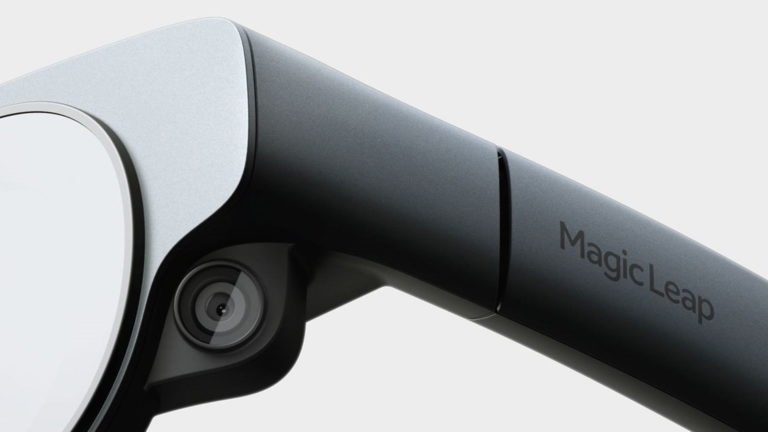
New Study Projects Headworn AR Revenue to Reach $35.06 Billion by 2026
ARtillery Intelligence publishes its five-year outlook for AR glasses hardware and software revenues.
–
LOS ANGELES, August 14, 2022: ARtillery Intelligence has released a new report that projects headworn AR revenue to grow from $1.85 billion in 2021 to $35.06 billion in 2026, an 80.7 percent compound annual growth rate. Entitled Headworn AR Global Revenue Forecast, 2020-2026, the report examines glasses-based AR revenue totals and subsegments – including consumer and enterprise spending. This report follows ARtillery’s separate examination of smartphone-based AR spending.
Enterprise spending holds a commanding 95 percent revenue share today, driven by productivity gains in industrial settings, where AR’s line-of-sight guidance achieves operational efficiencies. Consumer AR meanwhile trails in revenue, where the technology isn’t yet stylistically viable. But spending shares will shift over time as consumer AR adoption gains ground in later years – partly accelerated by Apple’s projected market entrance.*
“Apple’s projected smart glasses could incite its classic ‘halo effect’ by boosting consumer awareness and demand for the emerging hardware category,” said ARtillery Intelligence Chief Analyst Mike Boland. “Moreover, its V1 design will target larger markers by prioritizing style and wearability over graphical immersiveness. In that light, its appeal will lie in elegant integration with other Apple hardware and wearables. Think of it like the iPhone 1 – evolving over several years.”
Beyond Apple’s speculative entrance, current players continue to define shifts in the headworn AR market. Microsoft’s landmark U.S. Army contract to supply battle-geared HoloLens units has encountered speed bumps in the past year, which has impacted the above figures. Meanwhile, Magic Leap has accomplished a notable turnaround, including a pivot to enterprise and the upcoming launch of its much-improved 2nd generation hardware.
“Magic Leap has meaningfully turned things around,” said Boland. “This is driven by organizational restructuring, including the leadership of Peggy Johnson who has followed the money toward enterprise demand signals. The company will get back to its original consumer focus, but will do so when the market is ready. Meanwhile, Magic Leap Two has impressed us in our time with the device.”

Report Availability
Headworn AR Global Revenue Forecast, 2020-2026 is available to ARtillery PRO subscribers, and more can be previewed here. This report follows ARtillery Intelligence’s separate examination of mobile AR and VR spending.
About ARtillery Intelligence
ARtillery Intelligence chronicles the evolution of spatial computing, otherwise known as AR and VR. Through writings and multimedia, it provides deep and analytical views into the industry’s biggest players, opportunities and strategies. Products include the AR Insider publication and the ARtillery PRO research subscription. Research includes monthly narrative reports, market-sizing forecasts, consumer survey data and multimedia, all housed in a robust intelligence vault. Learn more here.

© 2022. ARtillery Intelligence. All rights reserved.






